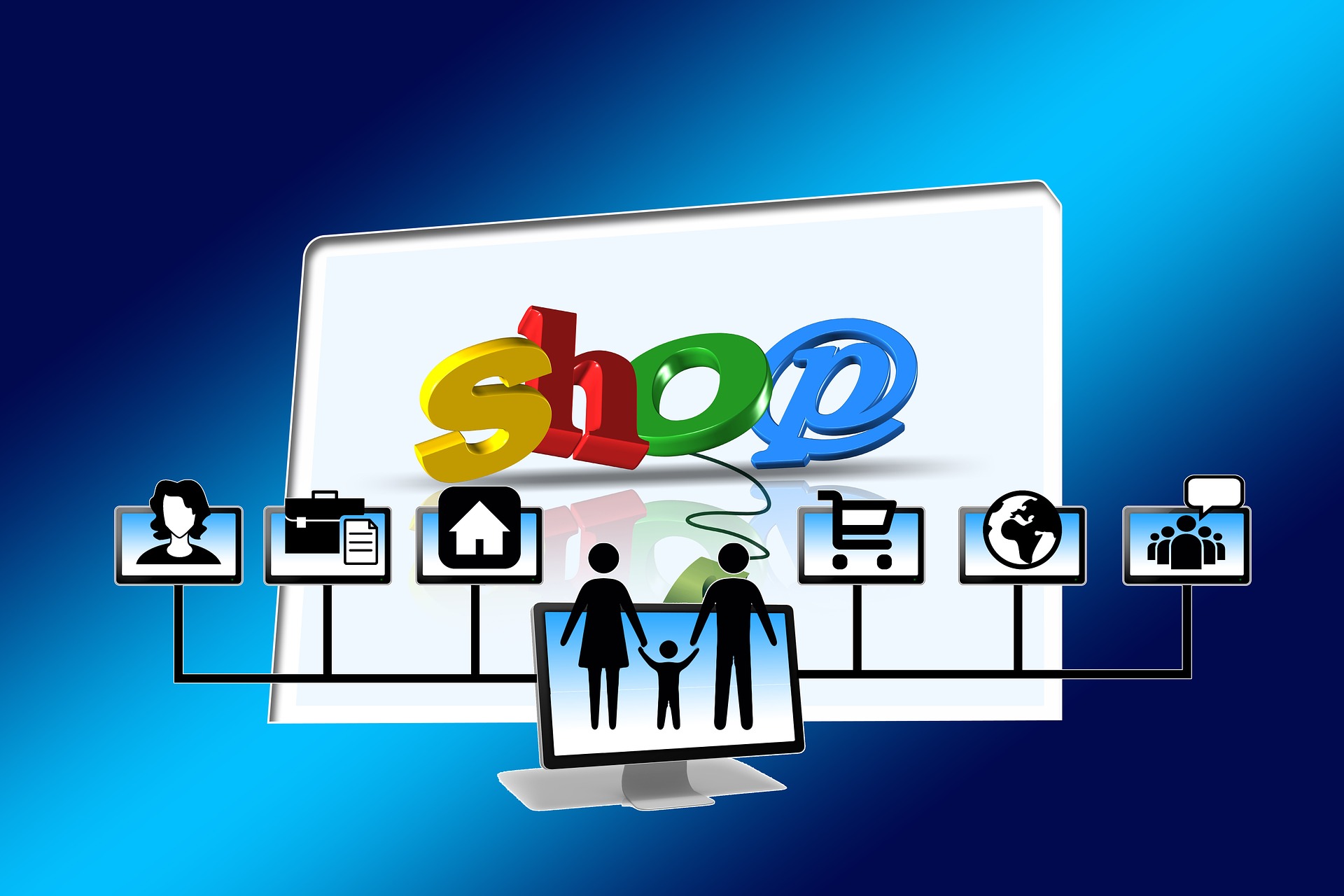There are a lot of people showing interest in ICOs. Nowadays many startup companies are looking for crowdfunding.
ICO is a popular way to perform it. It is important to know how to start an ICO. Its guidelines have already been established and one of the required documents is the white paper. Let’s first understand the white paper.
What is a White Paper?
White Paper is a fundamental document for any company launching ICO. This document determines the blockchain technology. It contains a detailed description of the architect and user interaction. The document also has information such as anticipated growth, market cap, and technical details such as terms and conditions required for the use of tokens. It also contains the team information, advisors involved, and links to their past projects and Linked In profiles. Without a proper white paper, investors cannot be invited. You should include the entire prerequisite for the investment so that investors know everything.
Read also: Substantial Tips On How To Invest Your Money Responsibly
Now let see what all things should be there in an ICO whitepaper for the investors to look at before investing in the company.
1. Problem
Always start your white paper with the problem as every company starts out with it. You can include current or future problems. Your white paper should have a detailed explanation of this particular problem along with the difficulty coming with it.
2. Propose Solution
This has a direct relation to the problem mentioned in the first step. You have to provide step by step detailed solution and the ways to tackle the problem in the first step. In this section, you also have to provide all the solutions to the most common questions investors might ask.
3. Product
In this section, you will be explaining your product. As you have provided a solution to the problem and the product is your solution so try to talk about it as much as you can. You will have to explain here the tech specs of the launching product, infrastructure and how will you going to develop this in the long run. You can clearly mention the detailed plan of funds as this directly correlates to the policies of the company. Try to provide the bonus if you have one.
This way your investors have the full knowledge of ideas you’re trying to convey. When they understand your solution in a better way, they will try to purchase the funds. This section is extremely important and you have to be realistic about your goals to get the benefits. Providing wrong or less information can harm your reputation as a company. So be truthful and make sure you provide every detail of information as you can for the transparency purpose.
4. The Team
This is a second vital aspect of your white paper. You need to introduce your team and the faces behind this project. A good team can bring a lot of investors to your project. It is better to have the team with prior experience. You can include all the details of their past experience in the Linked In profile. You can also showcase the profile of your team to attract the investors to your project. If your team is impressive then people will like to invest the funds for your company.
5. Commercialization
This section is related to everything economics. It will decide how your product affects the economy. Marketing the product is crucial as people wish to know how their investment is growing in the future. You should include the roadmap as people who invested want to know how their money is utilized for the development. You must discuss how you will market your project to the public. If you have plans to advertise then you should clearly mention it in this section. You must showcase the value investors get by investing. If they come to know that you aren’t providing any value then they will not invest in the project.
6. Token Issue
In this section, you will be distributing tokens. You should mention everything from bonuses, offers, and bounty rewards here. You should hire someone to promote your offering to your social media accounts. Talk about every detail of the token in this section. Remember not to leave any blank information as investors want to hear all the details from you and hate if it comes from other sources.
Final words
You should disclose every bit of information in your whitepaper if you want your ICO to be successful. If you have some technical details then never hesitate to include the secondary document. Remember not to add any false or modified information. If your investors come to know that you are sugar coating and don’t know about certain facts then you will lose a lot of potential investors. Create your white paper including all the necessary data along with the information mentioned in this post and earn profits for your company.






















